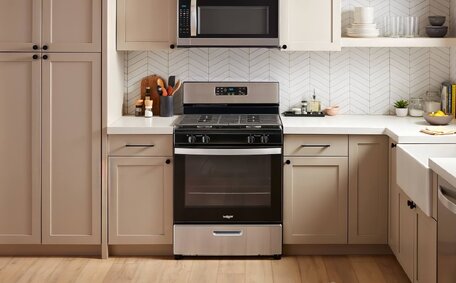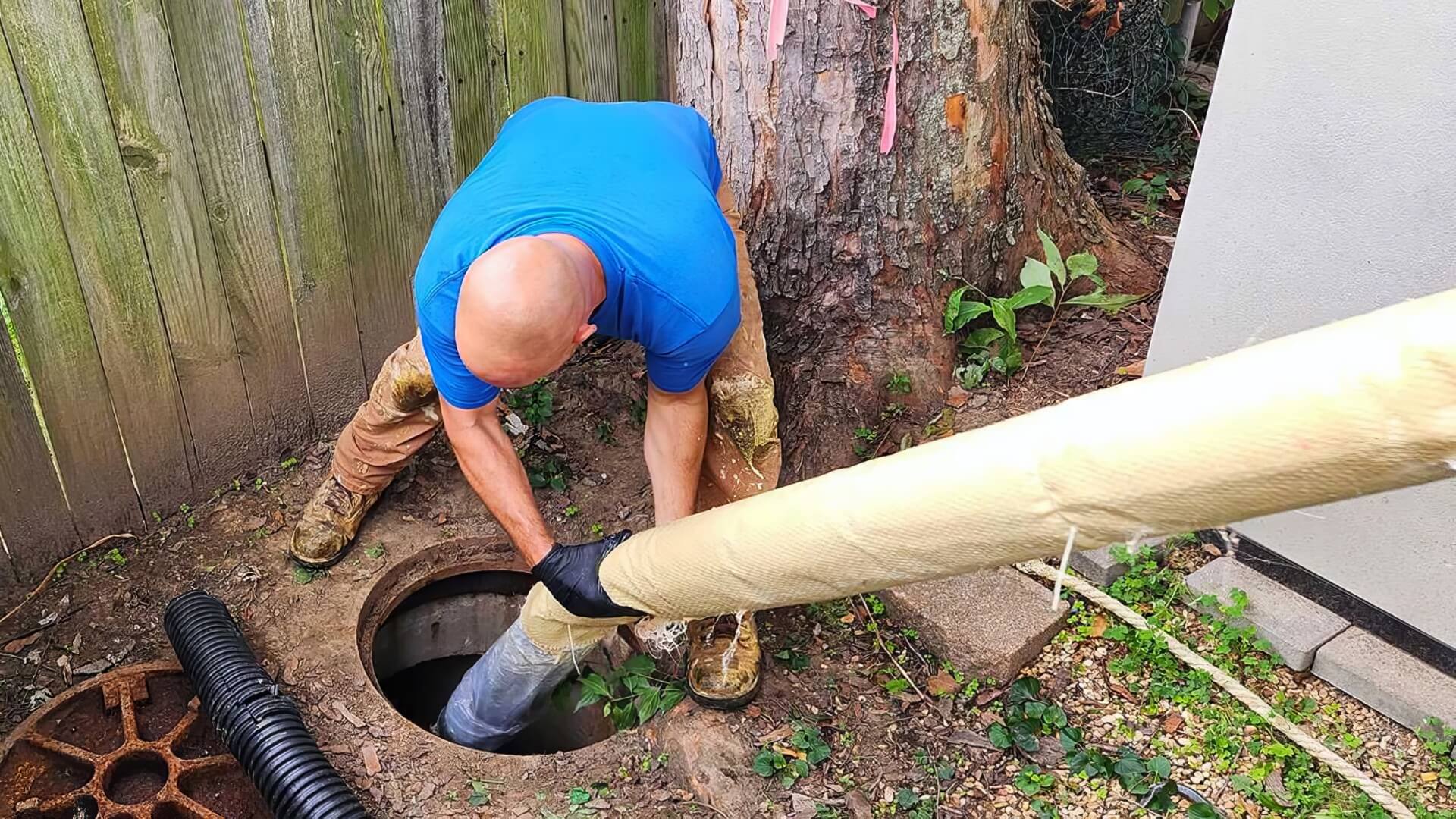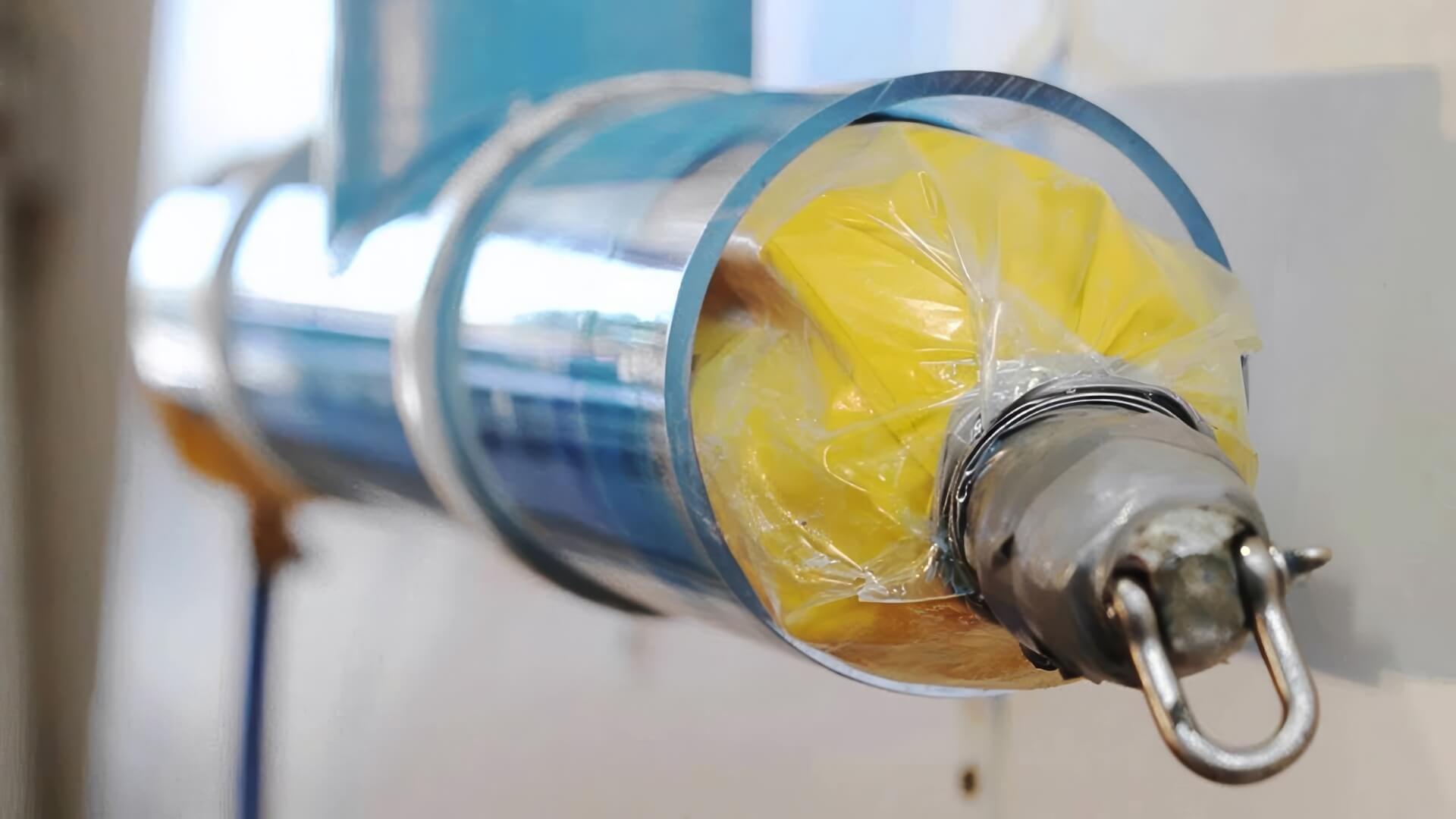Introduction to Pipe Relining
Pipe relining, also known as Cured-in-Place Pipe (CIPP), is a trenchless technique for repairing broken pipes without excavation. This method involves inserting a resin-soaked liner into the existing pipe and using air pressure to cure it in place, creating a new pipe inside the old one.
Pipe relining, harnessing advanced relining technology, is an ecological and long-lasting solution, with CIPP liners expected to last around 50 years.
This article will detail the equipment essential for pipe relining, including high-pressure water jets, CCTV cameras, inversion drums, resin liners, curing systems, lateral cutters, and epoxy mixing systems.
This article outlines how the equipment and methods can rehabilitate your pipes without excavation, revealing the benefits of trenchless technology. This renewal technique reduces disruptions and enhances flow capacity and structural integrity. Read on to discover the essential tools for successful pipe repair.
Why Pipe Relining is Better Than Replacement
Pipe relining provides numerous advantages over traditional pipe replacement. As a trenchless method, it is far less invasive and disruptive than digging up pipes. There is no need to damage landscapes or driveways, nor deal with the hassle of road closures and diversions.
Pipe relining’s minimally invasive approach can lead to cost savings by eliminating excavation, labour, and restoration expenses associated with traditional replacements, thereby streamlining the repair process.
Pipe relining offers a smaller environmental footprint by producing less waste, noise, and air pollution than complete pipe replacement, thereby conserving resources and energy through in situ rehabilitation.
Beyond being an ecologically sound solution, pipe relining can actually improve pipe flow and performance. The smooth, jointless CIPP liners reduce turbulence and resistance for better hydraulic capacity.
The Renoflo pipe relining system, with over two decades of global use, is a proven solution. Its success demonstrates relining as a viable alternative to replacement for restoring pipes effectively with an adequate lining supply.
Pre-Inspection and Cleaning Equipment
Before pipe relining can begin, the existing pipe must be thoroughly inspected and cleaned. This preparatory stage is crucial for ensuring a successful installation of the CIPP liner.
CCTV drain cameras are used to visually inspect the interior pipe condition, including those under slab areas. Trained technicians use high-resolution cameras to inspect the pipe interior, identifying any faults such as cracks, blockages, or root ingress. CCTV inspection determines if the pipe is a viable candidate for relining.
Both CCTV pipe inspection and high-pressure jet flushing play integral roles ahead of relining. The resulting cleaned surface enables proper liner bonding while the camera footage informs the custom-fabrication of the CIPP liner to match pipes’ dimensions and bends up.
CCTV Camera Inspections
CCTV cameras are essential for clearly visualising the interior condition of pipes ahead of relining jobs. By feeding a camera into the pipe, specialist plumbers can easily assess damage like cracks, blockages, breaks, and root infiltration.
There are different types of pipe inspection cameras optimised for various situations:
- Spring-loaded cameras that flex and articulate to navigate tight pipe bends.
- Pan-and-tilt cameras equipped with lights and stealable heads for directed inspection.
- Self-propelled or tractor cameras pulled via cable through long pipe runs.
- Small diameter cameras for probing narrow pipes like stack vents.
Quality CCTV drain cameras feature durable, waterproof construction to withstand pipe environments along with high-resolution image capture for detailed visibility. The recordings inform decisions around pipe viablity for relining and invite clients to find out more about the custom-fabrication of the CIPP liner.
High Pressure Water Jets
Essential in preparing pipes for relining, high-pressure water jet systems generate pressures up to 25,000 PSI to effectively cleanse the interior and restore capacity.
Powerful jet spray removes debris, grease, residues, and even tree root growth adhered to pipe walls. This ensures the pipe has a clean surface for the CIPP liner to bond to. Turbulent high velocity water through an oscillating nozzle thoroughly scrubs the entire pipe circumference.
Drain jetters are either powered by electricity for residential pipes or by combustion engines for commercial use, with diesel units generating ultra-high pressures through generators and water pumps.
Safety is ensured via emergency pressure release valves in case of hose blockages. Nozzle guards also help protect pipe interiors by preventing direct contact. The goal is not pure pressure, but optimised cleansing power for your pipe within existing infrastructure at non-damaging levels.
Key Relining Process Equipment
The key equipment used in the pipe relining process includes inversion drums, bladders, calibration tubes, and resin-impregnated liners. We’ll discuss the function of each tool in pipe rehabilitation:
- Inversion Drums: Hold the fabricated CIPP liner and invert or turn it inside-out using compressed air to insert into the host pipe.
- Bladders: Can pull or push the inverted liner through pipes and later expand via steam or water to press it firmly against the walls.
- Calibration Devices: Gauge devices confirm the liner achieved the proper diameter for curing. Some use expandable bladders for calibration.
- Resin Liners: Felt or glass fabric tubes pre-impregnated with thermoset resin get inserted then cured to form the new pipe wall.
Comprehending the combined role of these tools gives insight into trenchless pipe rehabilitation. Our specialist plumbers possess the expertise to expertly manage plumbing drainage issues by using relining equipment for restoring damaged pipes.
Inversion Drums and Bladders
Inversion drums and bladders work in tandem in the pipe lining process to insert the CIPP liner into damaged pipes. The liner, tailored to the pipe’s dimensions, is placed inside an inversion drum to begin the process.
The air compressor builds pressure within the drum to invert the resin-saturated liner. The liner is then introduced into the pipe, turning inside out akin to a sock unrolling.
When the liner extends to the desired length, a calibration tube with an inverted bladder is attached to the end, and the bladder inflates with steam, pressing the liner firmly against the pipe walls to calibrate it to the exact diameter.
The bladder’s flexibility together with the liner’s soft resin state allow them to closely hug bends during installation. This capability to navigate turns is a key benefit of CIPP relining over other rigid solutions.
Inversion drums facilitate liner insertion, while flexible bladders ensure close contact with the pipe surface, showcasing the integrated equipment’s role in efficient pipe rehabilitation.
Calibration Devices
Calibration devices are critical in pipe relining, ensuring the resin liner fits tightly against the host pipe walls before curing. Proper calibration allows the liner to conform precisely to the pipe’s dimensions and contours.
There are a few common types of calibration devices:
- Inflation bladders use steam or water pressure to expand, pressing the soft liner firmly outward.
- Sizing tools like diameter gauges or balls confirm appropriate liner dimensions.
- Guiding rollers keep the liner centralised during installation and calibration.
Accurate calibration yields a restored pipe with enhanced flow, longevity, and structural integrity. The seamless lining minimises turbulence, preserving the pipe’s full diameter.
With your consent, our specialist plumbers utilise quality calibration equipment to deliver professional CIPP installations that meet demanding industry standards. Proper liner fitting ensures successful pipe remediation without excavation.
Resin Liners
The key component enabling pipe relining is the resin-saturated liner itself. These liners consist of absorbent textile tubes made from felt, fibreglass, or other fabrics.
Our team of experts impregnates the liners with thermoset epoxy resin, employing vacuum and pressure rollers for even distribution. Your team will know how to use this control of resin saturation for optimal mechanical properties once cured.
Common resins include unsaturated polyester, vinyl ester, and epoxy due to their strength, water resistance, and chemical stability. These premium materials endure temperatures up to 90°C and are expected to last over 50 years.
When inserting the inverted liner into damaged pipes, the thermoset resin remains flexible. After calibration and curing using hot water or steam, the resin hardens into a solid, jointless new pipe wall with improved hydraulic flow.
Our plumbers use top-grade resin liners celebrated for their reliability, safety and performance, providing durable pipe repairs with superior CIPP materials.
Types of Resins
There are two main types of resins used in pipe relining: epoxy and vinyl ester resins.
Epoxy resins offer high strength, durability, chemical resistance and temperature resistance up to 90°C. They also bond well to a variety of materials. Epoxy is a versatile, all-purpose resin suitable for most pipe relining jobs.
Vinyl ester resins provide very good chemical resistance especially to acidic compounds. They withstand temperatures up to 120°C. The enhanced chemical resistance makes vinyl ester ideal for industrial applications where pipes transport aggressive fluids.
Our expert plumbers choose the appropriate resin for each project, considering the pipe material, contents, temperature, structural loads, and environmental conditions. We have the expertise to determine which resin system will deliver maximum performance and longevity.
Both epoxy and vinyl ester resin systems allow for successful in situ pipe remediation. Our trenchless pipe renewal services leverage industry-leading CIPP materials to provide reliable, long-lasting repairs.
Curing and Finishing Equipment
Once the resin-saturated liner gets inserted into the damaged pipe, it must cure and adhere firmly in place to complete the relining process. This requires specialised heating equipment.
Hot water pipe curing with hoses or plates transfers 90°C water to evenly heat the pipe. Exothermic chemical reactions or steam can also supply heat for catalysing resin cure. Temperature sensors confirm thorough curing without overheating.
After the resin-hardened CIPP liner finishes curing, remote-controlled robotic cutters reopen service lateral connections and side taps with precision. Finally, post-cure CCTV inspection validates an impeccable pipe renewal free of defects before returning the restored pipe to service.
Curing Manifolds and Heaters
Curing manifolds and heaters are vital pieces of equipment used to harden the resin liner once inserted into the damaged pipe. They provide the heat needed to catalyse the thermoset resin cure reaction.
Typically, a curing manifold consists of a series of heating plates wrapped around the pipe exterior. Hot water around 90°C flows through the plates to uniformly heat the liner for thorough curing. The water temperature gets precisely monitored to avoid overheating.
Steam introduced within a bladder or sleeve device inside the liner is another method employed to supply heat. Some systems use flexible steam hoses that snake through the pipe. The steam evenly heats the liner from within to set the resin.
For small diameter pipes, UV curing systems employing UV lamps hasten the curing process for UV-sensitive resins, ensuring quick installation with minimal liner shrinkage.
Regardless of the heating method, The aim is consistent resin curing, which is paramount for achieving optimal liner durability and effective pipe restoration. Our specialist plumbers leverage excellent curing equipment to deliver hardened CIPP liners that will reliably perform for decades.
Cutting Tools
Robotic cutters with embedded cameras and grinding wheels play a crucial role after curing by reopening service connections without damaging the liner, ensuring fully-restored functionality.
Lateral cutting is extremely precise thanks to the camera guiding the cutter directly to the blocked opening. Variable speed grinders carefully shave away the liner material to restore flow to side lines and connections.
Reopening laterals this way maintains the integrity of the new pipe liner while restoring proper drainage system functionality. Our specialist plumbers expertly operate robotic cutters to deliver seamless pipe relining renovations.
Cutting tools provide precision for the final step in pipe relining, ensuring a flawless finish. Their capabilities enable our plumbers to comprehensively restore pipe function for the long run.
Conclusion
As illustrated in this article, an array of specialised equipment is necessary to rehabilitate damaged sewer pipes successfully through pipe relining. Key tools include CCTV cameras, high-pressure water jets, inversion drums, resin liners, bladders, curing systems, and lining equipment such as robotic cutters.
Appreciating the appropriate equipment and techniques provides insight into innovative, non-invasive trenchless sewer drain repair technology. With industry-leading materials, pipe relining delivers an ecological restoration method outperforming traditional replacement.
The experienced team at Cherrybrook Plumbing has been reliably solving sewer line issues with the latest relining techniques for over 25 years. As leading Sydney plumbers, we’re committed to helping address failing drains, sewer lines, and pipes without excavation using the Renoflo pipe renovation system.
Contact Cherrybrook Plumbing at 1300 349 338 or email jobs@cherrybrookplumbingservices.com.au for details on our trenchless pipe relining services, backed by resilient CIPP materials designed to last over 50 years, to rejuvenate your pipes with our professional renewal solutions.






